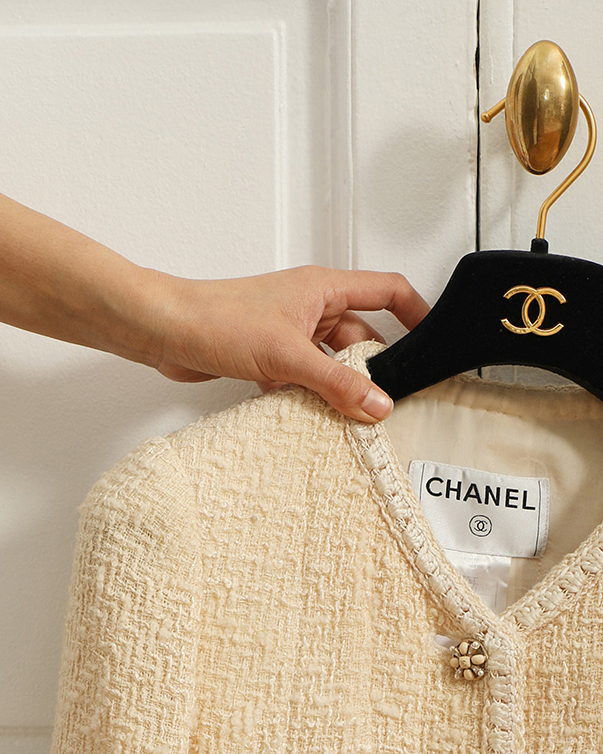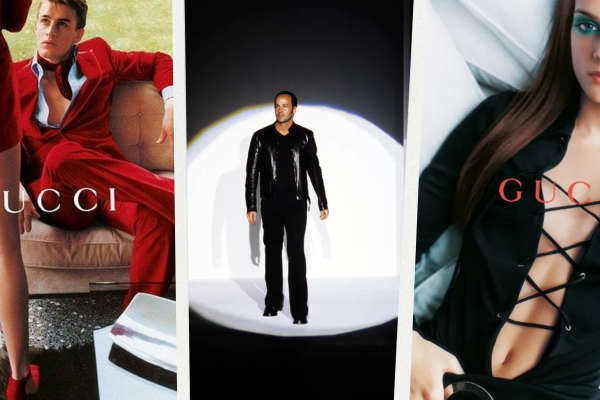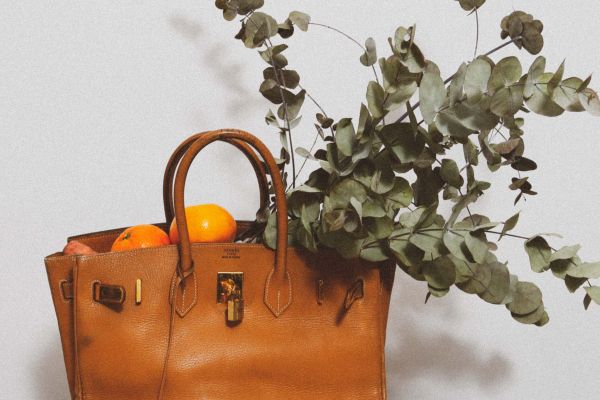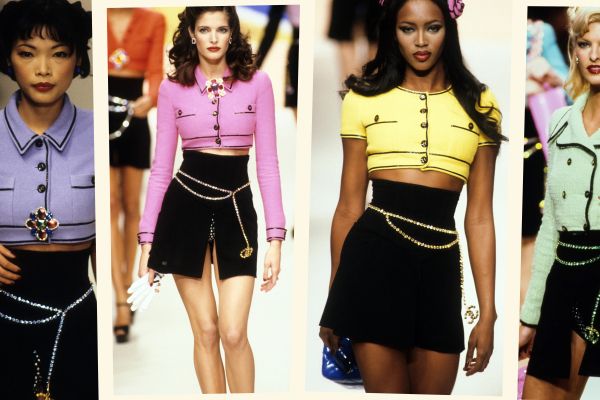The Seller Series: Gaia Repossi
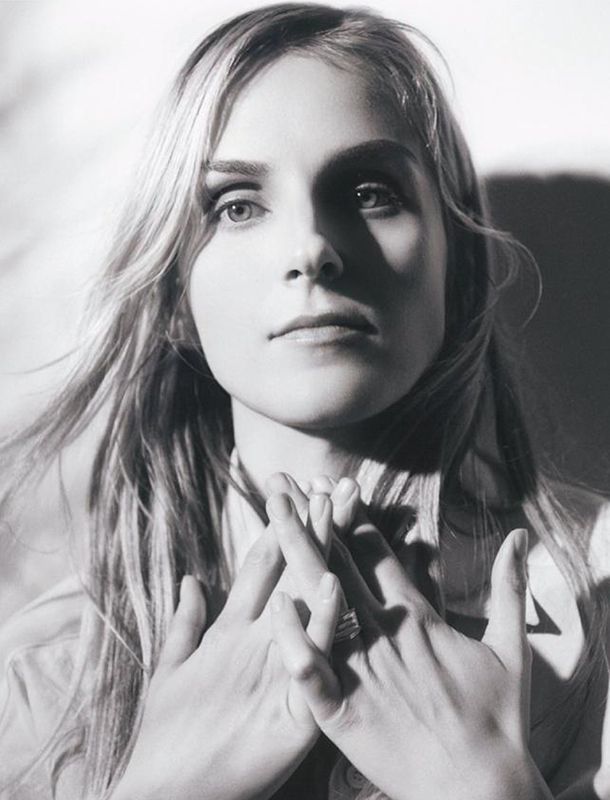
Photo credits: Portrait Glen Luchford
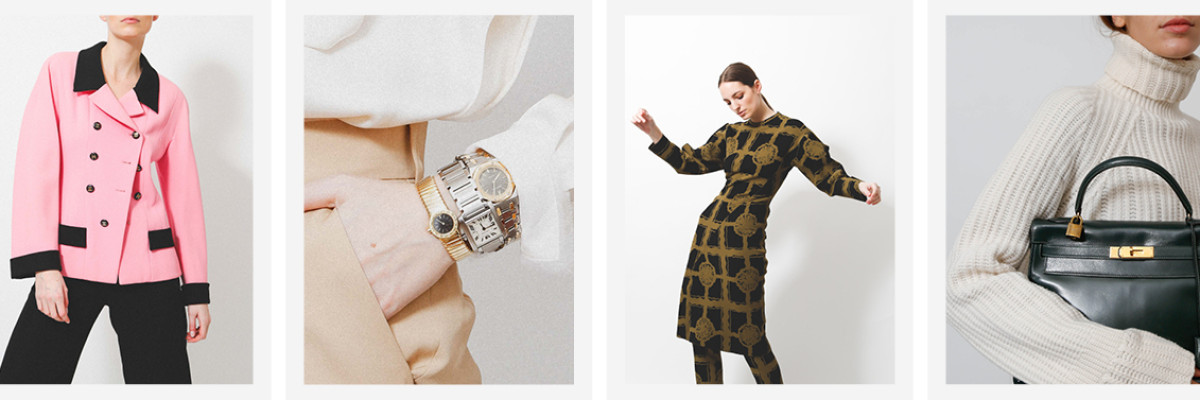
“At Re-SEE, every one of our vintage pieces comes with a story. This is, in large part, thanks to our unmatched community of consignors.
Though parting with such sartorial treasures may not be easy, the exceptional personal care we put into ensuring that they will go on to live a second (or, sometimes even, a third, fourth, or fifth) life offers a thrill — one rivaled only by that of the besotted shopper who adds them to her wardrobe.
But don’t just take it from us. Here, in the Seller Series, our consignors — from industry titans to world-class collectors — open up their archives, revealing the items they gave up (and those perhaps they never will), and, ultimately, why they’ve chosen to place their inestimable trust in Re-SEE.”
“I think that the more one buys, the less clear things are,” says the French jeweler Gaia Repossi. Such aesthetic purity — which has been shaped by her many trips to Japan — is seen in everything she touches, from the Repossi house’s immaculately clean-lined bijoux and boutiques to her own Parisian apartment, complete with what she calls an “extremely simple” Standing Writing Desk by Donald Judd.
Naturally, she approaches her wardrobe — at once uncomplicated and unexpected — with equal rigor, while still allowing herself the freedom to evolve stylistically. As for how she makes space for the new, be it an Anthony Vaccarello catsuit or a mesh ensemble from recent Central Saint Martins graduate Louisa Ballou? A scrupulous twice-a-year closet cleanse, the contents of which — vintage couture Saint Laurent chief among them — she often consigns with Re-SEE. On separating from such sartorial treasures, she admits, “It is easy. I’m very detached.”
Why do you consign?
It’s important to me to have a very minimal amount of things around me, whether that’s in my office or my apartment. I have a huge library, but it’s very curated; it’s very correct. I still have a lot of clothes, as well as objects, but I go through different phases in my life and there are very few pieces that stay. That’s the way it should be. I just like to have this rigor in my way of living — it’s difficult to express in clutter.
Does sustainability — and the circular nature of consigning — appeal to you?
Sustainability is very important in an era of overconsumption — it appears in a lot of facets in my life. I’ve been plant-based for eight years. Unfortunately, with clothes, I’m not 100% vegan because the industry’s not there yet, but I still try to consume the least possible, less but better. And though my profession — jewelry — is not entirely green, it is still considered a very slow consumption. I work with objects that need to be perfected. They don’t have the spontaneity of ready-to-wear or custom jewelry; they require a lot of thought.
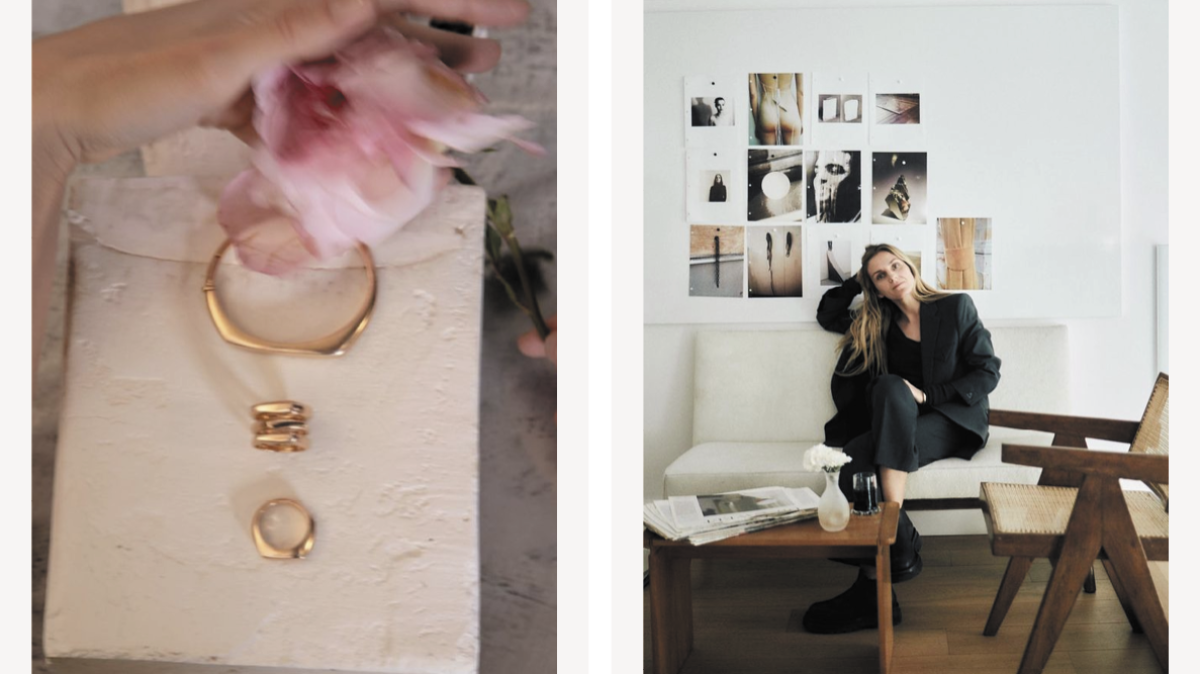
Repossi/Mapplethorpe limited edition collection / Portrait Antoine Doyen
Your style is, as you say, in constant evolution. How do you maintain a less-is-more mindset, while also incorporating new pieces into your wardrobe?
I’m definitely wired with a frequency. I’m always curious about what’s next and ahead. I can’t stay behind. For me, it’s important to look at new designers — there’s a consistency because I still always choose something that feels like myself — but in order not to over-consume, you have to make choices about what to hold onto.
How often do you consign?
I have this very cyclic need of cleaning massively twice a year. It can be small to very large. It depends on the mood, the change of fashion, the evolution of my own style, and my need for space.
Can you tell us about some of the pieces you’ve consigned?
I think I’ve consigned over 100 pieces — mostly rare vintage that’s very Parisian and very valuable. I adored having them and found them extremely interesting, but they weren’t very me. I don’t necessarily live in old, old vintage.
There were some Saint Laurent couture pieces that were gorgeous. They were emblematic of a style I’ve always been attracted to — menswear adapted to a woman’s look. He put pants on us in a very feminine way. Those were a little harder to separate from, but ultimately I find it fascinating that they can have this second life.
How do you ultimately separate from these amazing pieces?
I don’t have a big attachment to materialistic things — though I’m interested in exploring, studying, and wearing them myself — so, in general, it is easy. It’s a bit of a cliche, but I’m going to mention Marie Kondo — it’s a very Japanese technique of how do you feel about that item, so you should know when to part with it. When you work in design and jewelry, you become less attached to clothes because you’re used to working with objects. I’m more attached to my artwork and furniture.
Are there any pieces you’ll never be able to part with?
My own couture — that I wouldn't be able to part with. I have a couple pieces I wouldn’t be able to give away because they were made custom for myself. I’ll keep those for a lifetime. Couture pieces are the things that should stay. Everything else is dispensable, as it should be.
At ReSee, every one of our vintage pieces comes with a story. This is, in large part, thanks to our unmatched community of consignors.
Though parting with such sartorial treasures may not be easy, the exceptional personal care we put into ensuring that they will go on to live a second (or, sometimes even, a third, fourth, or fifth) life offers a thrill — one rivaled only by that of the besotted shopper who adds them to her wardrobe.
Sell with us